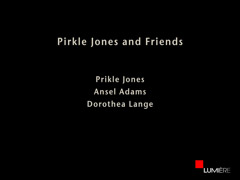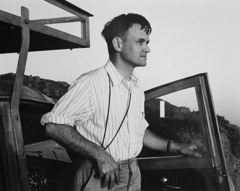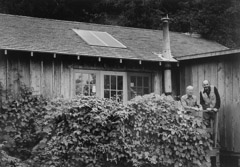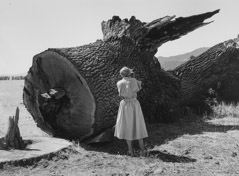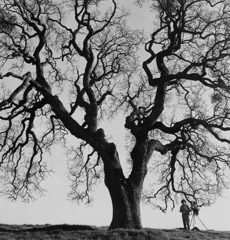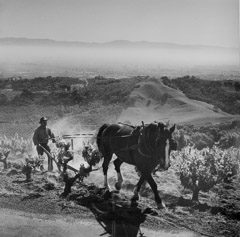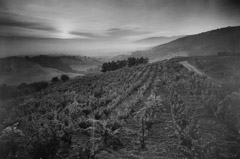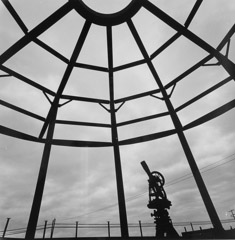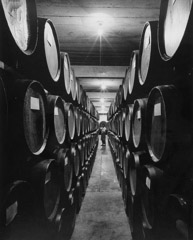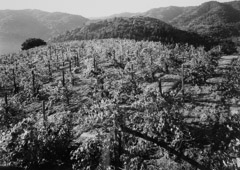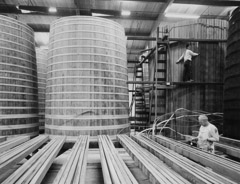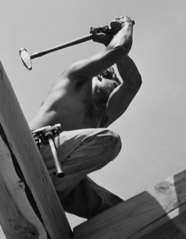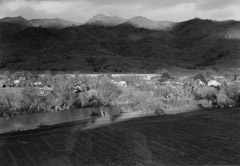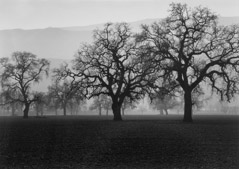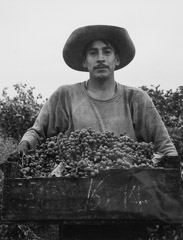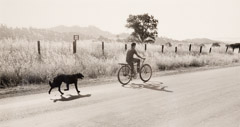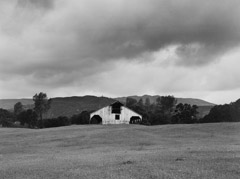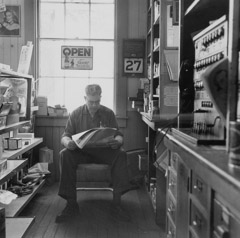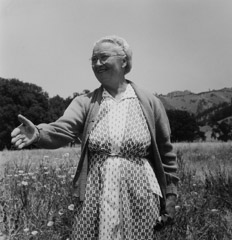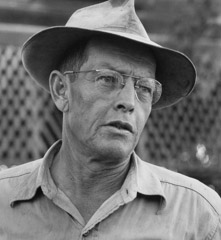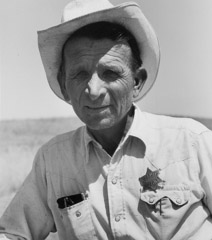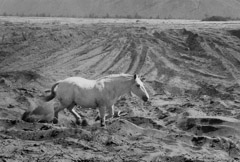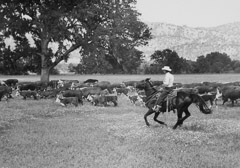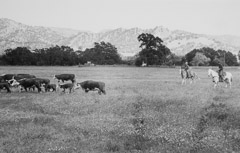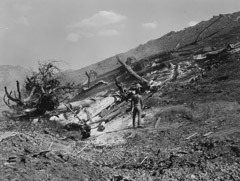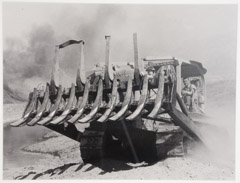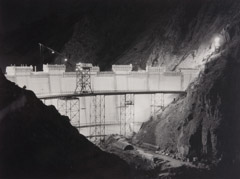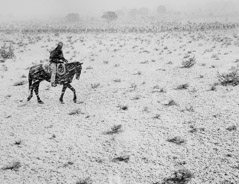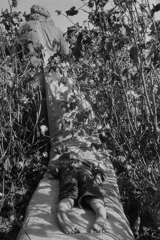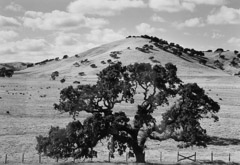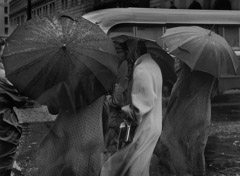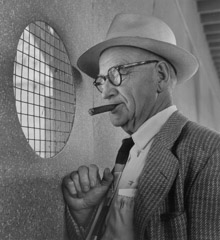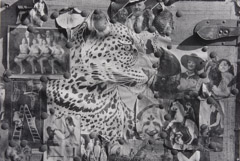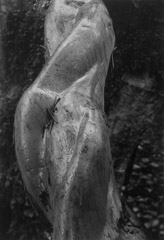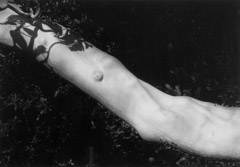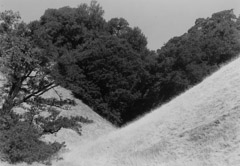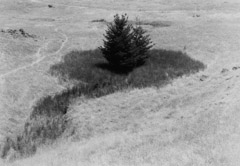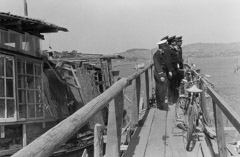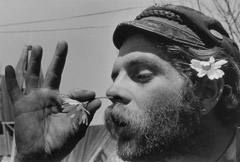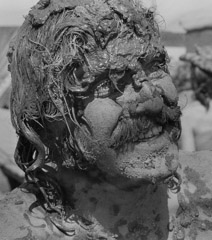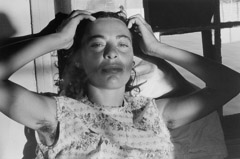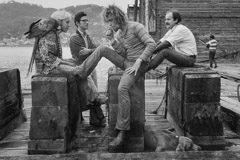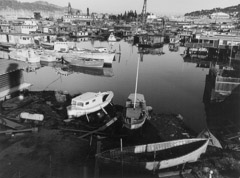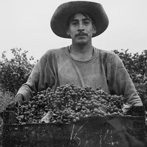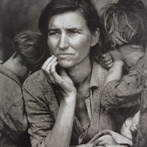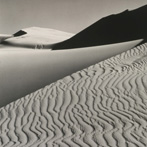Pirkle Jones & Friends
Photographs by: Pirkle Jones, Ansel Adams & Dorothea Lange
The former National Academy for the Arts fellow and San Francisco Arts Commission honor recipient,
recorded the beauty and culture of California. His sensitivity to the the land reflected the tradition
of Ansel Adams, Edward Weston, Dorothea Lange and Minor White, all of whom he knew well.
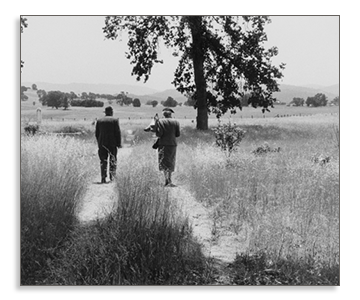
Pirkle Jones
Born in 1914 in Shreveport, LA, Jones’ career began with the purchase of a Kodak Brownie when he was seventeen years old, commenced in the 30’s when his photographs were both published and exhibited internationally in Pictorialist salons and publications. In 1946, after his war service Jones entered the first class in photography at the California School of Fine Arts (now the San Francisco Art Institute). There he met a community of artists—among the instructors were Ansel Adams, Minor White, Edward Weston and Dorothea Lange, – that would help to shape and define his career. Jones also worked as Ansel Adams’ assistant (1947-1953) and the two photographers forged a life-long friendship. His work is held by numerous museums and collectors. The major archive of his work is held at the University of California.
Death of a Valley
The Berryessa project was one of the most meaningful photographic experiences of my professional life. When Dorothea Lange, friend and colleague, invited me to collaborate with her on this project in 1956, I looked forward to the experience. It was a privilege and pleasure to work with her.
My response to the people and events that unfolded as I photographed in the valley were influenced both by my background of living on a farm when I was a youngster and the sense of urgency that Dorothea and I felt as we worked to record the events of the last year in the valley. The people in the valley were being dislocated, their homes destroyed or moved, the the way of life as they had experienced it for a generation was coming to an end. We knew that we were seeing and recording for the last time – the orchards in bloom, the beautiful home with its mature, leafy walnut trees, the McKenzie Store, the harvesting of the pears, grapes and grain…
Some of the experiences have remained vividly in my memory – witnessing the cutting of an ancient oak tree and the sudden flight of a flock of birds from its brances as it crashed to the ground and at the end of the project, photographing in the valley alone in the rain… everything was gone. It is important to document before change is made to make a record of what no longer exists. Perhaps humankind can learn from this record and reconsider before irreversible changes are made. – Pirkle Jones, 1994
Featured in this exhibition is the work of three photographers.
Select the image below to view the complete artist page for these photographers.
Below is an excerpt of a review from the Atlanta Journal and Constitution.
To read the entire review please access the AJC web site.
DATE: May 27, 2007
PUBLICATION: Atlanta Journal-Constitution
BYLINE: CATHERINE FOX
TITLE: Dead-on, first try. New gallery’s gathering of artist’s, mentors’ work clicks
EXHIBITION : Pirkle Jones and Friends
VERDICT: This illuminating exhibition is the auspicious debut of a new photography gallery.
Talk about being in the right place at the right time. Pirkle Jones’ decision to study photography at the California School of Fine Arts (now the San Francisco Art Institute) in 1946 brought him into a charmed circle of mentors that included photography masters Ansel Adams, Edward Weston and Dorothea Lange. They breathed the same intellectual air, looked at the same landscape, even worked together as peers.
Those relationships and their influence are evident in “Pirkle Jones and Friends,” the inaugural exhibition of Lumiere, a new photography gallery owned by Atlanta collector Bob Yellowlees.
They do so literally in Jones’ photos of his friends, and in those from two major collaborative projects: “The Story of a Winery,” a commercial project done with Adams, and “Berryessa Valley,” a documentary effort with Lange that chronicled the year before a portion of the Napa County area was dammed and flooded.
Both efforts show off the 93-year-old artist’s technical mastery, but “Berryessa” was more important to him personally and professionally. His empathy for both the people and the land shines through in the selection of vintage prints on view, and he would repeat that immersive approach in future projects.
Photos from his series on Gate 5, a section of Sausalito Marina that was home to a countercultural community, are included here. Abstracted views of nature and quirky shots taken at flea markets attest to his versatility.
Jones’ depth and skill are obvious. More difficult to discern is where his mentors’ influence leaves off and his own personality takes over.
Second-generation artists frequently face this issue when it comes to finding their art-historical niche. Jones’ solution, it seems, was not to worry about it — to do the work he wanted to do in the manner that was most meaningful to him. The many memorable photographs in the show speak for themselves.

